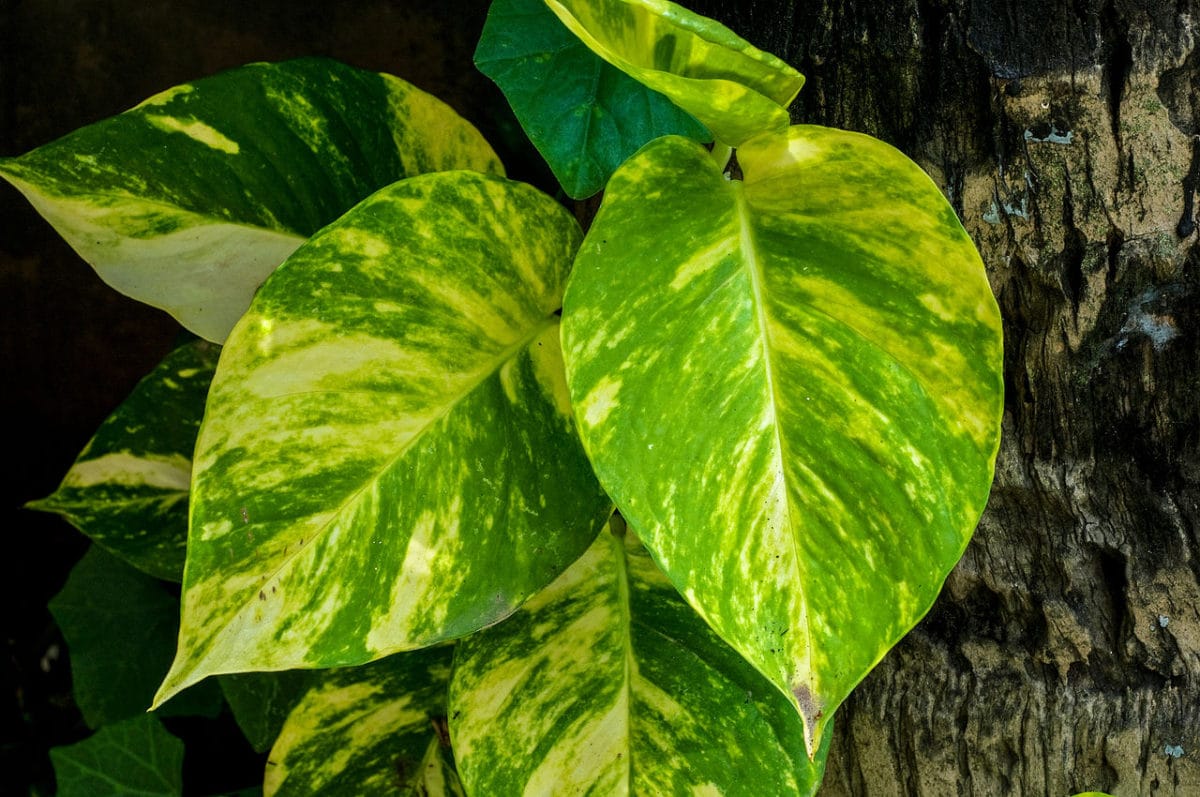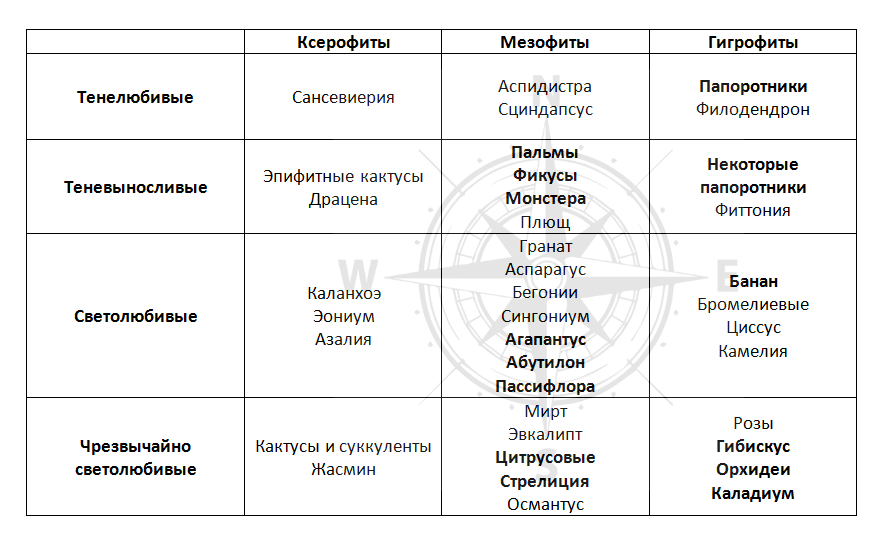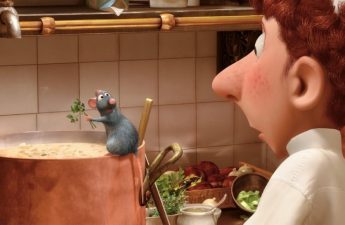A person is fickle - in summer we want winter, butin winter summer. In this article, we will teach you to indulge your desires and care for the winter garden The winter garden gained popularity in the 19th century, where lush noble estates are conducive to creating an exotic tropical island. However, even in our time, it is possible to create a winter garden not only in a country house, but also in an apartment - modern climatic technology helps a lot in this. Of course, such splendor as in a specially designed extension to the cottage can hardly be achieved in an apartment, but the opportunity to please yourself with an elegant phytocomposition always remains. Location First of all, you need to decide on the location. An ideal option for an apartment would be a bay window or an attic facing southeast or southwest. This arrangement will allow you to combine the maximum number of plants with different needs for light and provide good lighting in winter. If the garden is planned to be made year-round, it is worthwhile to provide devices for protection from excess sunlight and the greenhouse effect - heat-reflecting films on glass, curtains or blinds.  Plant selection:air humidity Ornamental-leaved plants, that is, plants valued for the shape and aesthetics of the leaves, are traditionally chosen for the winter garden. The choice of plants should be determined not only by the aesthetics of the latter, but also by their climatic preferences. Thus, the optimum air humidity for most plants is 60-80 percent. In relation to air humidity, plants are divided into xerophytes, content with a dry climate (30-50%), mesophytes, preferring medium humidity (50-70%) and hygrophytes, which can live only in conditions of high humidity (70-100%). Achieving this humidity in winter with the central heating operating is possible only with the use of air humidifiers. If you are not ready to maintain the high humidity in the apartment, which is necessary for the life of tropical inhabitants, you should pay attention to less moisture-loving plants, for example, ficuses, spathiphyllum, jasmine, scindapsus, succulents. If you live in a humid climate or are ready to purchase a humidifier, you should pay attention to dracaena, ferns, fittonias, arrowroots that can bring an exotic touch to your garden.
Plant selection:air humidity Ornamental-leaved plants, that is, plants valued for the shape and aesthetics of the leaves, are traditionally chosen for the winter garden. The choice of plants should be determined not only by the aesthetics of the latter, but also by their climatic preferences. Thus, the optimum air humidity for most plants is 60-80 percent. In relation to air humidity, plants are divided into xerophytes, content with a dry climate (30-50%), mesophytes, preferring medium humidity (50-70%) and hygrophytes, which can live only in conditions of high humidity (70-100%). Achieving this humidity in winter with the central heating operating is possible only with the use of air humidifiers. If you are not ready to maintain the high humidity in the apartment, which is necessary for the life of tropical inhabitants, you should pay attention to less moisture-loving plants, for example, ficuses, spathiphyllum, jasmine, scindapsus, succulents. If you live in a humid climate or are ready to purchase a humidifier, you should pay attention to dracaena, ferns, fittonias, arrowroots that can bring an exotic touch to your garden. 

 Plant selection:illumination If, in accordance with its name, the winter garden is planned to be organized only for the winter season, the southern side would be an ideal option. For a year-round garden, the east or southeast side is more suitable. Light-loving plants include banana, palm, citrus, murraya. However, it is not always possible to place the winter garden in the ideal corner - shade-loving plants such as monstera, chlorophytums, agave, ferns are suitable for the north side. For convenience, we have prepared such a table. Plants most often used in the creation of winter gardens are highlighted in bold.
Plant selection:illumination If, in accordance with its name, the winter garden is planned to be organized only for the winter season, the southern side would be an ideal option. For a year-round garden, the east or southeast side is more suitable. Light-loving plants include banana, palm, citrus, murraya. However, it is not always possible to place the winter garden in the ideal corner - shade-loving plants such as monstera, chlorophytums, agave, ferns are suitable for the north side. For convenience, we have prepared such a table. Plants most often used in the creation of winter gardens are highlighted in bold.  The boundaries between plant classes are oftenare vague, so do not take this table as an immutable guide to the layout. Combination of elements As a rule, a winter garden is created within the framework of a single concept, be it antique, gothic or modern. An indispensable attribute of the winter garden is its functional component - the winter garden implies the presence of a recreation area, allowing you to relax amidst a riot of greenery. For a large garden, a breakdown into recreational and decorative areas is recommended. The decorative area contains plant compositions and interior items (vases, fountains), while the recreational area includes benches, armchairs or tables. Plants, like furniture, should match the style of the interior and furniture. For example, plants such as golden-black philodendron, indoor bananas, caladium bicolor, and in the Gothic style - asparagus, hibiscus, cypress are suitable for creating a garden in the Renaissance style.
The boundaries between plant classes are oftenare vague, so do not take this table as an immutable guide to the layout. Combination of elements As a rule, a winter garden is created within the framework of a single concept, be it antique, gothic or modern. An indispensable attribute of the winter garden is its functional component - the winter garden implies the presence of a recreation area, allowing you to relax amidst a riot of greenery. For a large garden, a breakdown into recreational and decorative areas is recommended. The decorative area contains plant compositions and interior items (vases, fountains), while the recreational area includes benches, armchairs or tables. Plants, like furniture, should match the style of the interior and furniture. For example, plants such as golden-black philodendron, indoor bananas, caladium bicolor, and in the Gothic style - asparagus, hibiscus, cypress are suitable for creating a garden in the Renaissance style.  Furniture should be chosen from natural materials,slightly rotting - bamboo, thermowood, stone. It is appropriate to lay out the floor, because most of the plants will be located in large decorative pots or pots that can scratch the floor. In addition, porcelain stoneware and stone are insensitive to the high humidity of the air, which inevitably accompanies the accumulation of plants. Do not forget about the layering of plants - there is hardly a lot of space in the apartment for a "voluminous" winter garden, so its forced "flattening" along one of the walls will have to be compensated for by competently arranging the plants in height.
Furniture should be chosen from natural materials,slightly rotting - bamboo, thermowood, stone. It is appropriate to lay out the floor, because most of the plants will be located in large decorative pots or pots that can scratch the floor. In addition, porcelain stoneware and stone are insensitive to the high humidity of the air, which inevitably accompanies the accumulation of plants. Do not forget about the layering of plants - there is hardly a lot of space in the apartment for a "voluminous" winter garden, so its forced "flattening" along one of the walls will have to be compensated for by competently arranging the plants in height. 
Winter Garden: Plant Selection and Care



